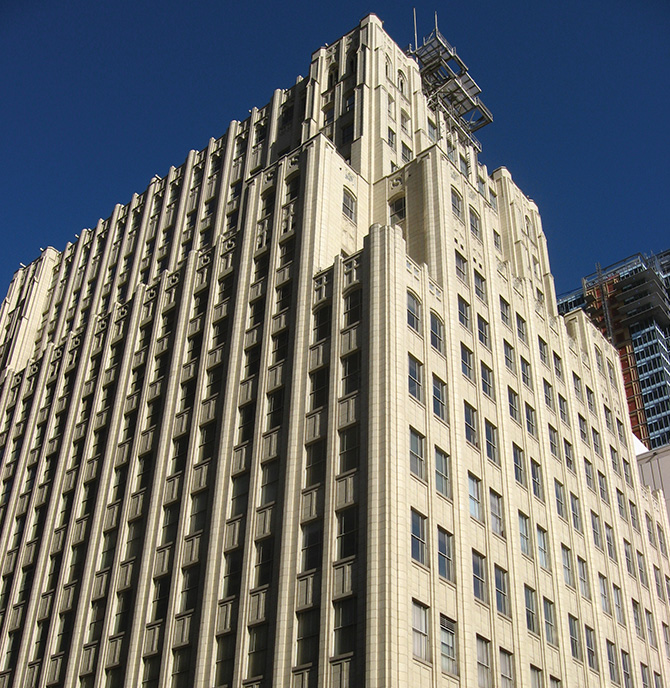A once-revolutionary piece of technology incidentally came to play a role in the landscape of nearly every city in the United States. When the telephone was invented, telephone central offices—now known as telephone buildings—quickly followed. As the need for telecommunications grew, so too did the construction of these telephone buildings.
“There is a telephone building in the heart of every major American city,” says Kathryn Holliday, an architecture historian and professor in the College of Architecture, Planning, and Public Affairs (CAPPA) at UTA. “Some celebrate the presence of technology in our lives, and others are windowless boxes that hide the telecommunications network in plain sight.”
In her in-progress book manuscript, which she is completing as a Mellon Fellow at Dumbarton Oaks, a Harvard University research institute located in Washington, D.C., Dr. Holliday is exploring the architecture and design of these buildings as expressions of a corporate monopoly that came to shape many American cities. Titled Telephone City: Architecture, Urbanism, and the Bell Monopoly, the book also reveals the hidden connections among architecture, technology, and the urban landscape.
“This type of scholarly research helps us better understand the impact of corporate growth and telecommunications infrastructure on the urban and suburban landscape,” says Professor Maria Martinez-Cosio, interim dean of CAPPA. “Work like this better informs future design and community development both within and outside of the North Texas region.”



